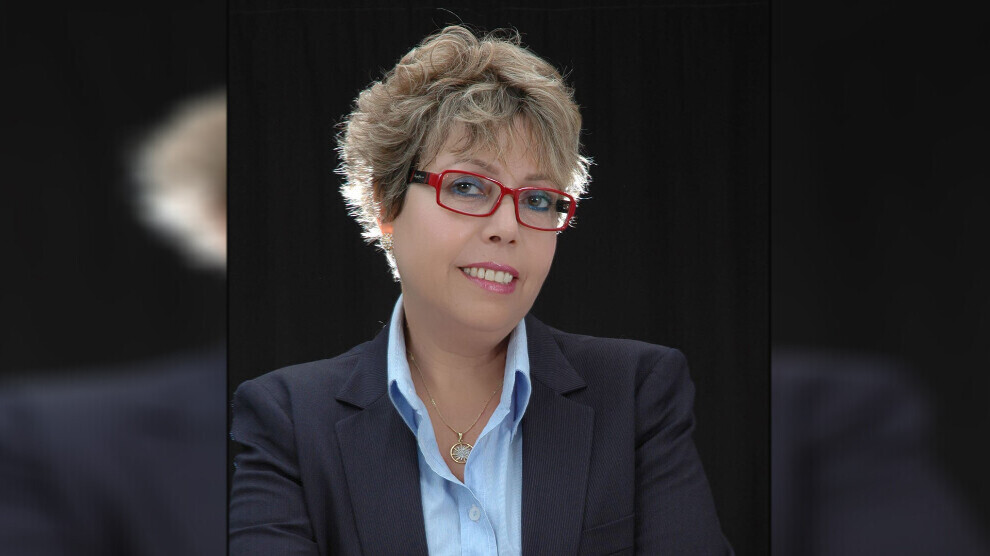"Women from Forgotten Worlds": A Film Documenting the Lost Female Memory of the City of Salé
The Moroccan city of Salé is home to a large number of female scholars and theologians who left an indelible mark on the city’s history through their strong and influential presence.

By: Rajaa Khayrat
Morocco – In the ancient city of Salé, where narrow alleys intertwine with deep history, stories of women who helped shape the city’s identity remain hidden behind names carved into its walls. These women have long been marginalized in official historical narratives.
The documentary film "Women from Forgotten Worlds", prepared and directed by journalist and human rights activist Aziza Hallak, seeks to dust off this neglected feminine memory and revive its symbolic and tangible presence in the city’s collective consciousness.
The film was screened during the 18th edition of the International Women’s Film Festival, held between September 22 and 27, as part of the parallel screenings. It received warm praise from the audience, who appreciated both its subject matter and artistic treatment, commending the effort to shed light on forgotten female figures from Salé’s history.
Alleys and Streets Bearing Women’s Names
According to Aziza Hallak, the film’s idea originated from a 2020 competition announced by the Salé Foundation for Culture and Arts, focusing on the city’s landmarks.
She explained that the inspiration came from realizing that discussions about Salé’s landmarks usually revolve around its walls, saints, and nationalist figures. “So I decided to tackle a less explored subject,” she said. “I noticed that many streets and alleys in the old city bear women’s names, such as Lalla Massouda Street, Lalla Tamesna, Lalla Zarqa, and Lalla Shahba. From there, I got the idea to research these female figures who marked Salé’s history and make a documentary about them — a film that unexpectedly won the competition.”
During her research, Hallak found that these women’s names, immortalized in the city’s alleys, carry with them rich stories of heroism and glory that have long been forgotten.
The journey to uncover their stories was not easy, she explained, as there is a general scarcity of accurate historical information about women. This led her to rely on the book “The Women of Salé” for guidance.
Through her research, she discovered many more figures not mentioned in the book. She identified where they had lived and reconstructed their histories — an effort that demanded extensive work and field investigation. Much of this knowledge was drawn from oral heritage and popular memory, in which these women are often described as “majdhoubat” (women touched by divine inspiration), believed to possess healing powers for incurable ailments like infertility. Their presence persists through communal memory and traditional stories.
As for the filming process, Hallak revealed that she relied on limited personal resources, using only a simple camera to complete the work. Despite technical shortcomings in the image quality, the film’s theme and approach were widely praised for their originality and emotional depth.
Forgotten Female Freedom Fighters
During the research and filming, Hallak discovered that Salé’s women were not only saints but also scholars, activists, and martyrs.
Among them was Khnata Al-Rouanda, a freedom fighter who was shot dead by French colonial forces during a demonstration in Bab Bouhaja Square. She was buried in a mass grave with her comrades, and the square was later renamed “Martyrs’ Square” in their honor.
Hallak expressed deep regret over the current neglect of this cemetery, which has turned into a dumping ground for waste — a tragic symbol of how memory and honor fade into oblivion. This painful reality inspired the film’s title, “Women from Forgotten Worlds”, reflecting the erasure of women’s contributions simply because they were women.
Her research also uncovered the story of seven female activists who were killed in a protest at one of the city’s gates, originally known as “Bab Saba Bentat” (“The Gate of the Seven Girls”), later renamed “Bab Chaafa”. The change of name, she noted, symbolizes the deliberate erasure of women’s resistance from public memory.
Hallak also highlighted that the first mosque built in Salé bore a woman’s name — “Lalla Shahba Mosque” — dating back to the Almoravid era, signifying an early female presence in religious and architectural spaces. She noted that women also participated in traditional schools and religious education, proving their longstanding involvement in Salé’s intellectual and spiritual life.
By combining these narratives, the film revives the memory of women erased from history, emphasizing their social and political roles in Salé’s heritage. The film opens with scenes of the “Salé Hadra” (a spiritual Sufi chant performed by women), led by the well-known Hajja Al-Alawiya, representing the city’s rich spiritual and cultural traditions.
---
A Modest Attempt at Justice
When asked if the film had done justice to these forgotten women, Hallak responded modestly:
“The word justice is too big for this film. My goal was not to create a comprehensive documentary that restores full recognition, but rather to make a first attempt — a spotlight on women who never received the acknowledgment they deserve.”
The film’s final scenes feature a montage of women’s portraits from different eras — from ancient times to modern-day intellectuals, activists, and politicians — all hailing from Salé. This visual sequence asserts that while Salé’s history is rich with notable national figures, it is equally rich in women who helped build the city’s cultural and patriotic identity.
As for her future cinematic projects, Hallak admitted that at first, she was hesitant about directing and screenwriting, but after this experience — and other unpublished works — she now feels encouraged to continue. Her next project will focus on the intangible heritage of Salé, including music, cuisine, customs, and traditions, while maintaining a feminine perspective as a unifying thread through her storytelling.
